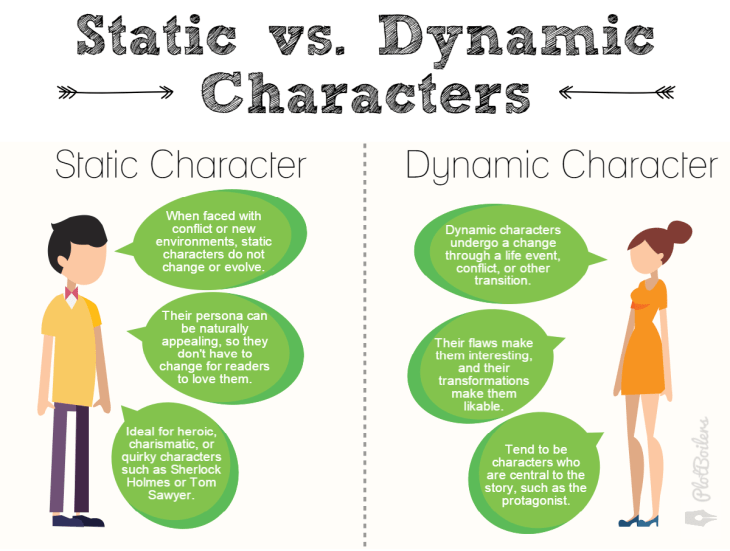Consider the following villains: Darth Vader, Maleficent, Hannibal Lecter. What makes them so delightful to hate? These characters appeal to the audience for many reasons, which boil down to a simple fact. A convincing antagonist is much more than a roadblock to your protagonist’s goals; he/she is an integral member of your cast. In fact, your antagonist contributes as much to your story as your hero does.
Here are two methods to build a strong antagonist for your story:




